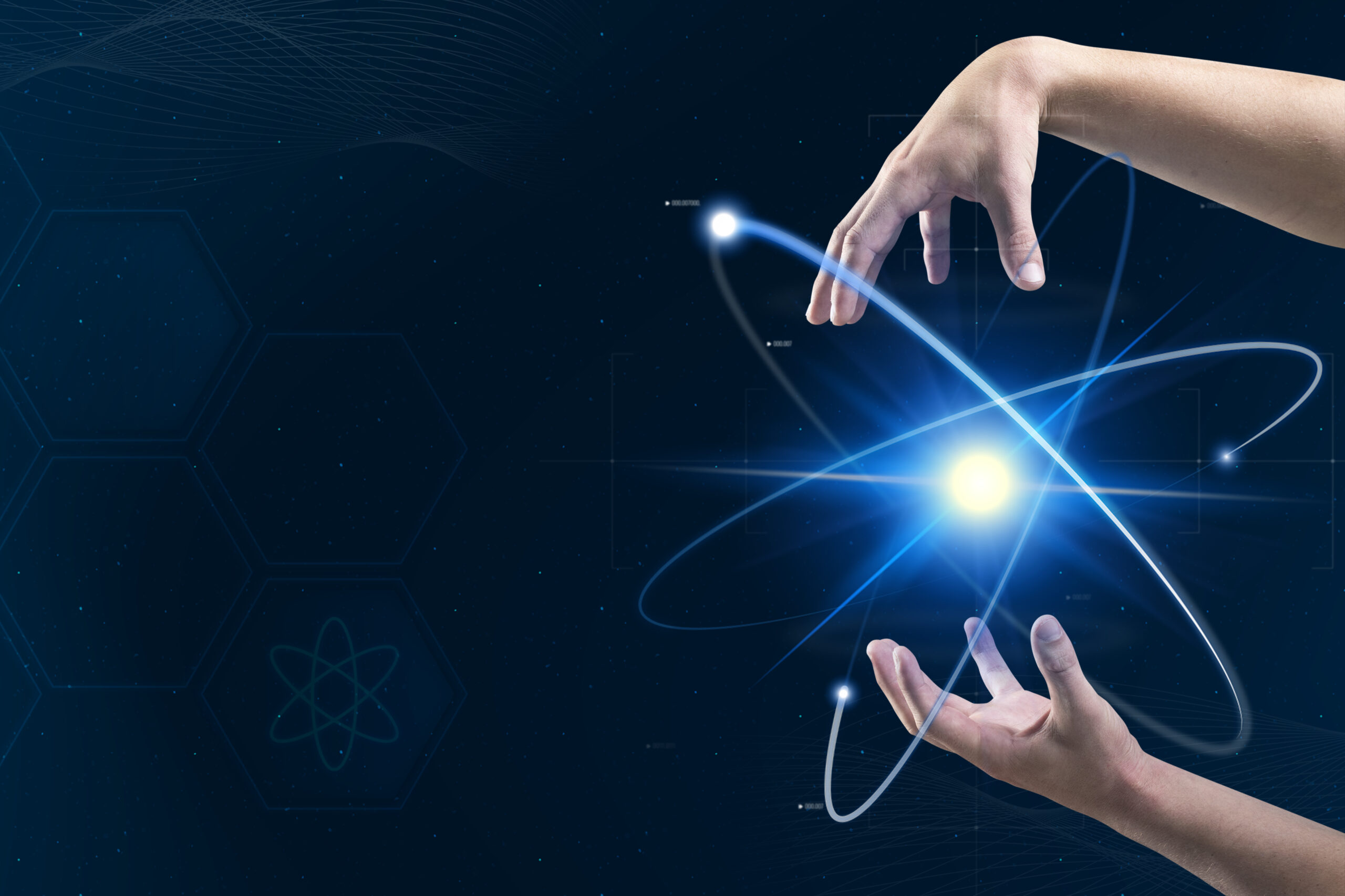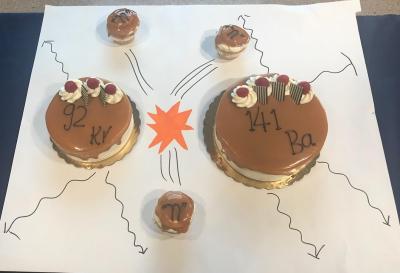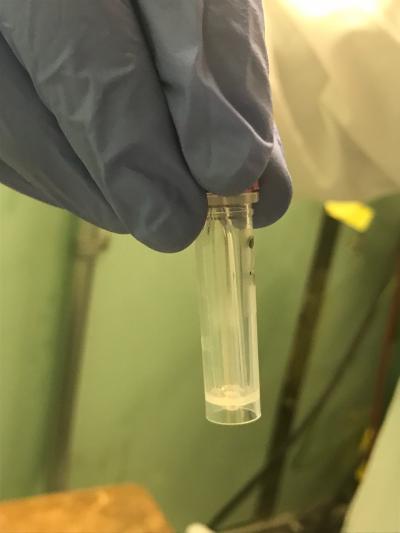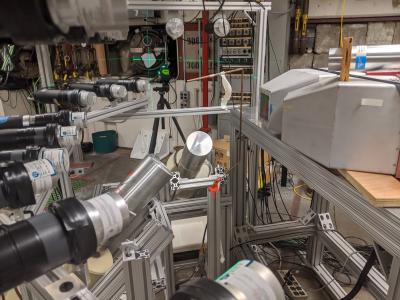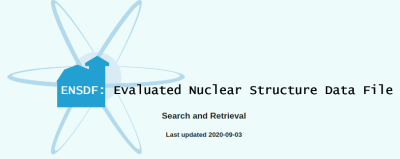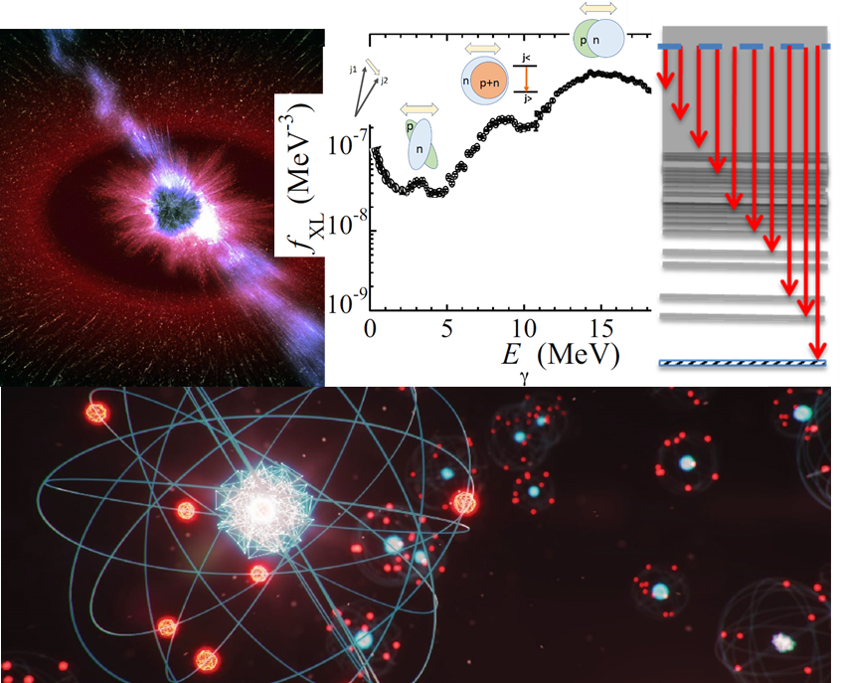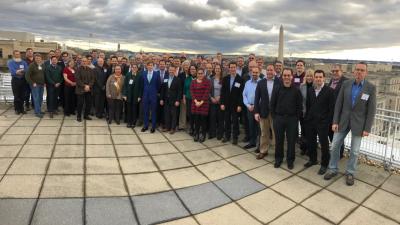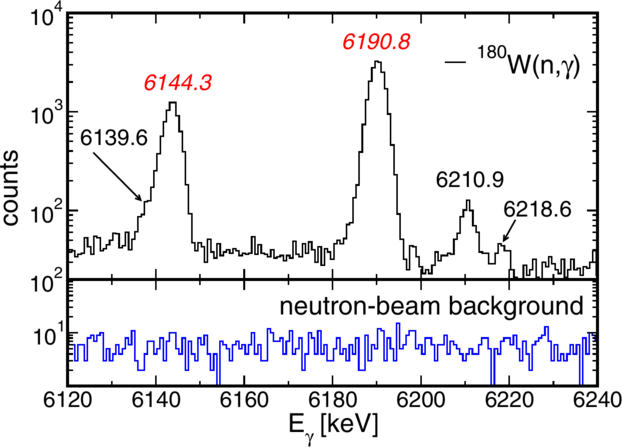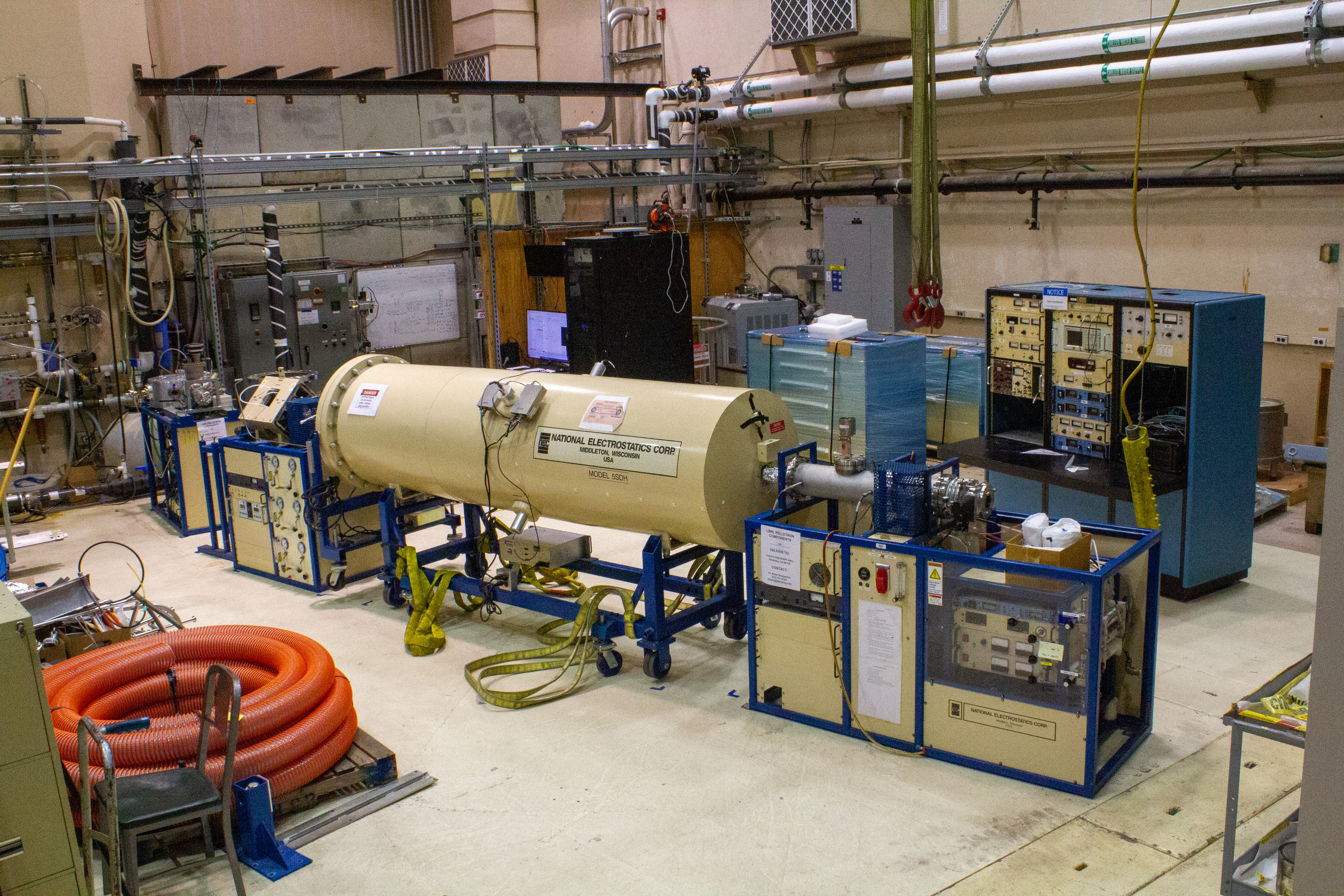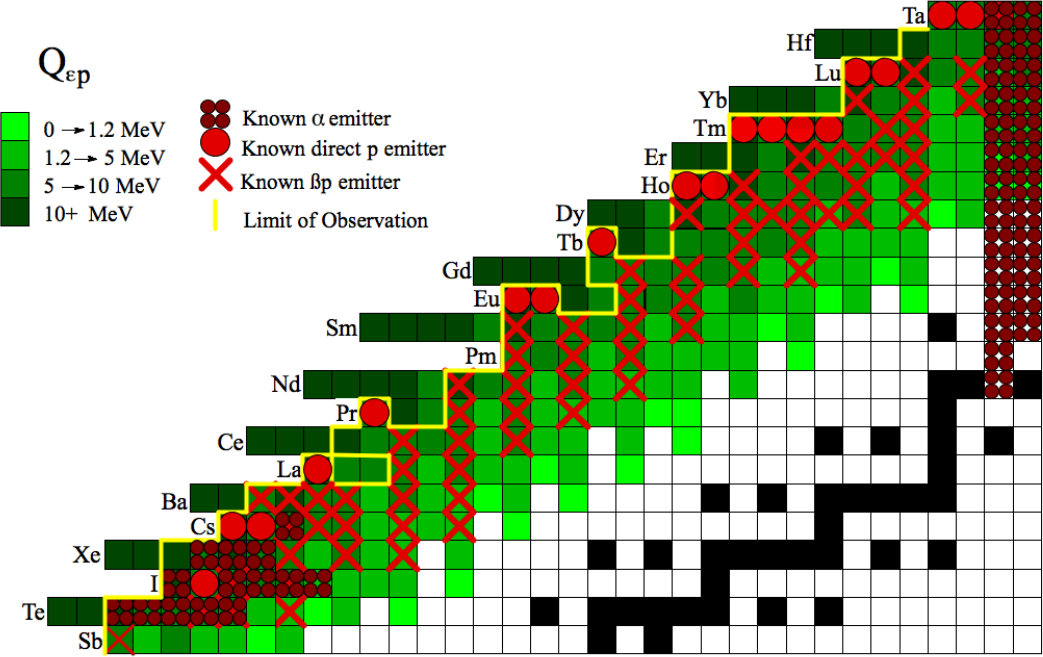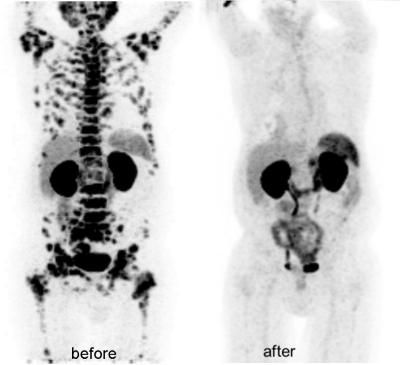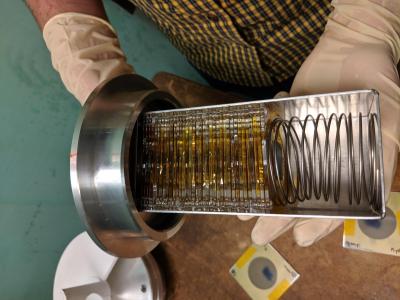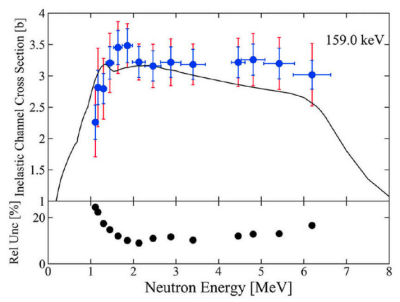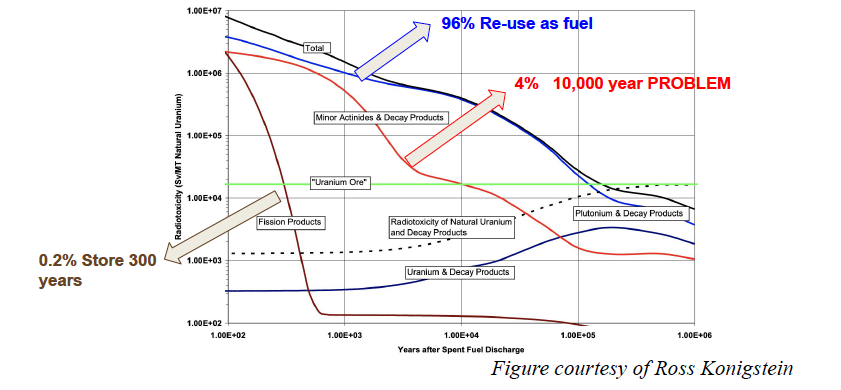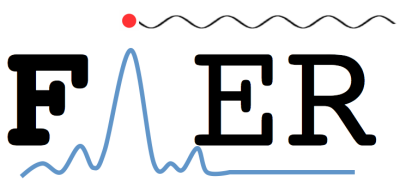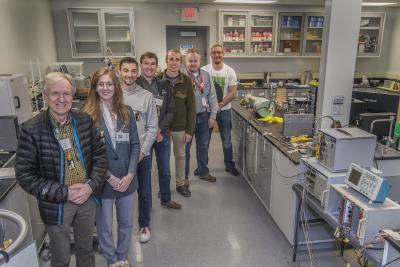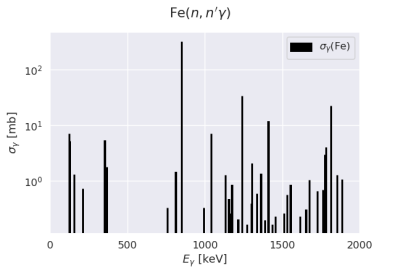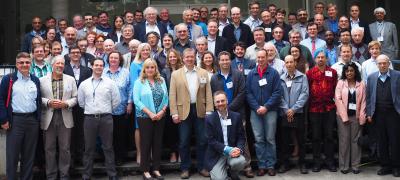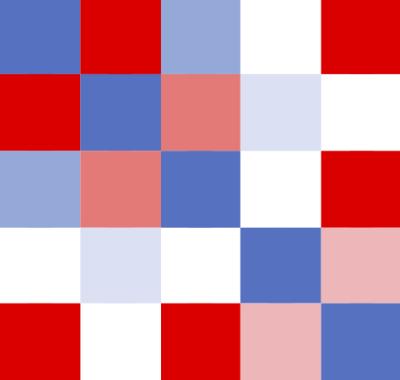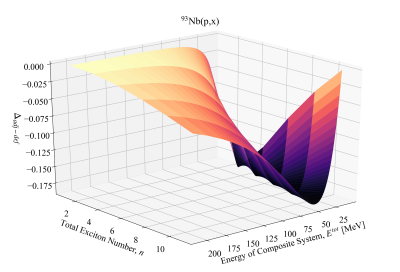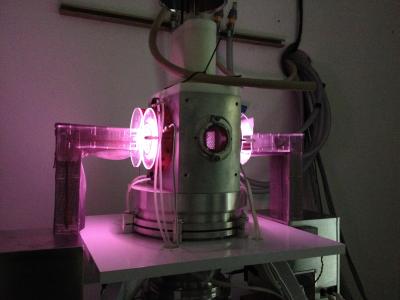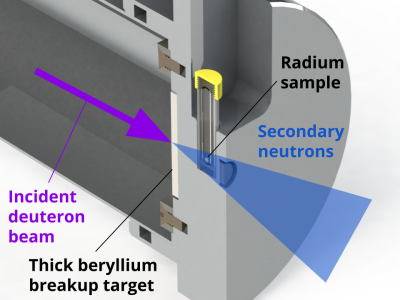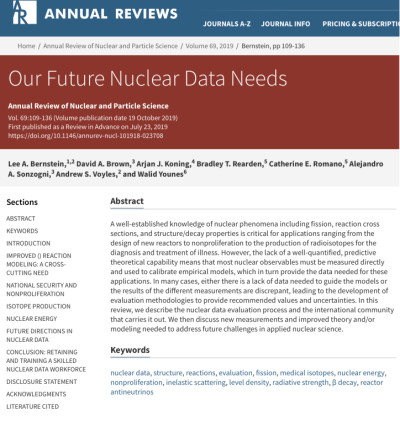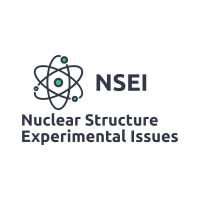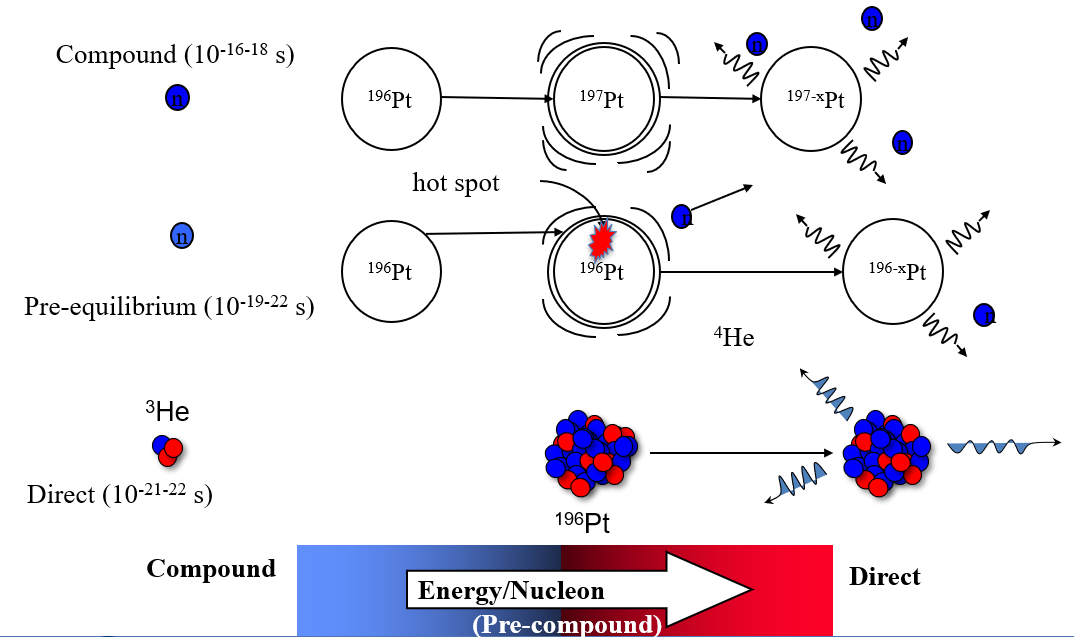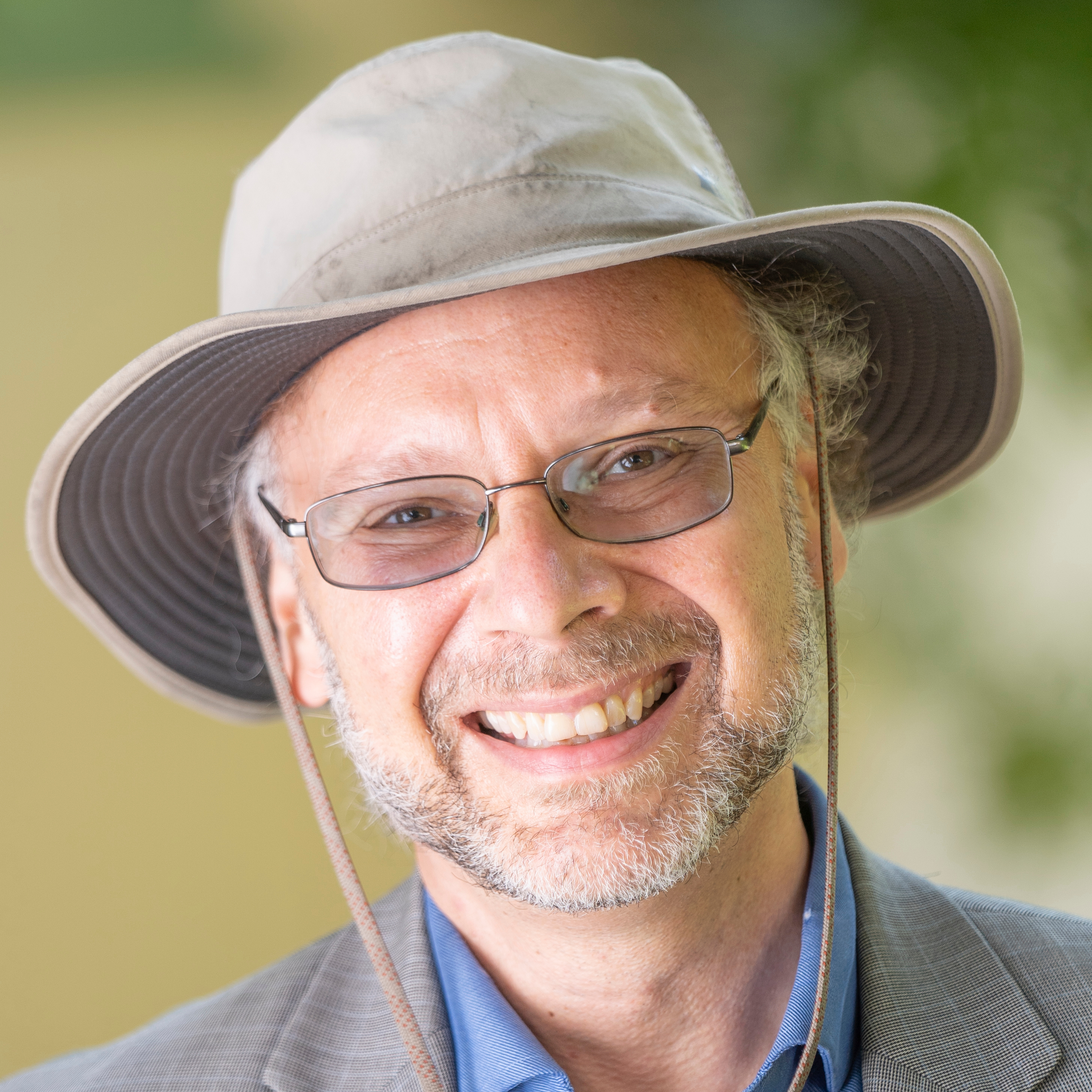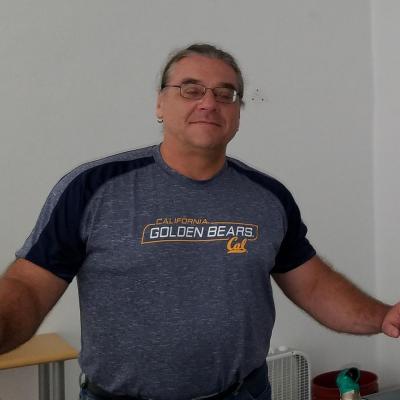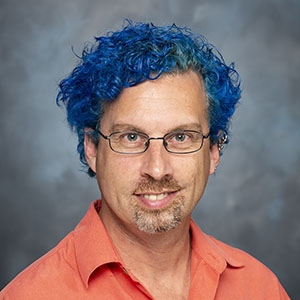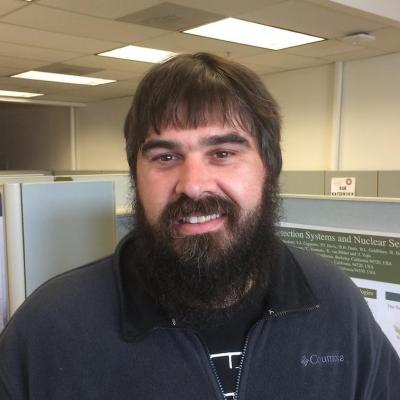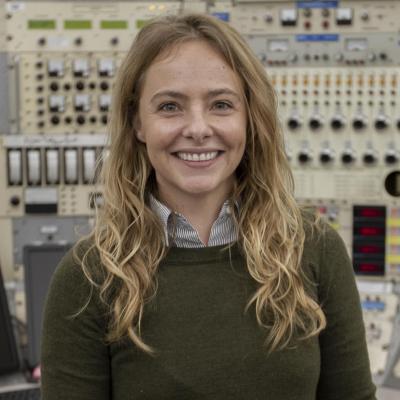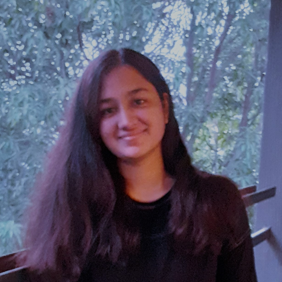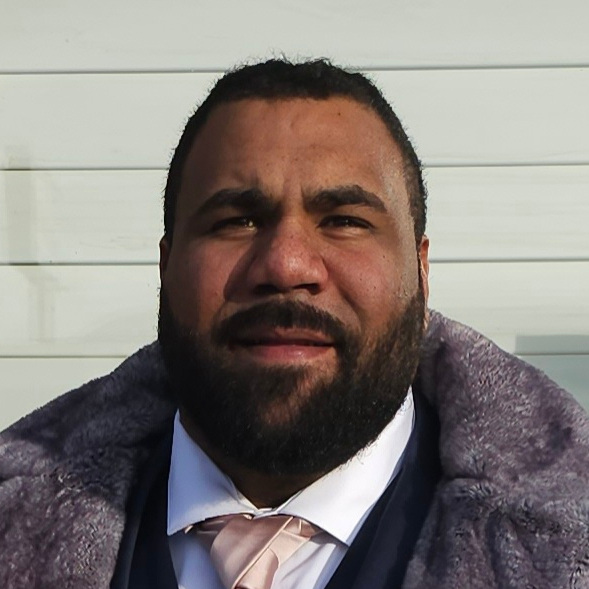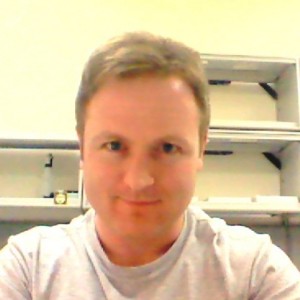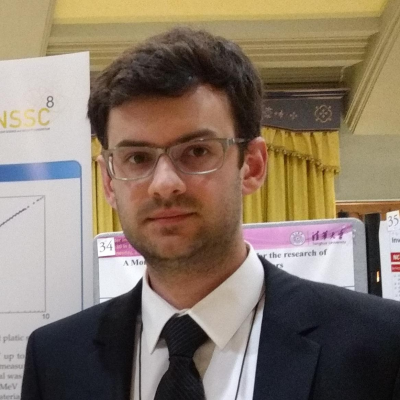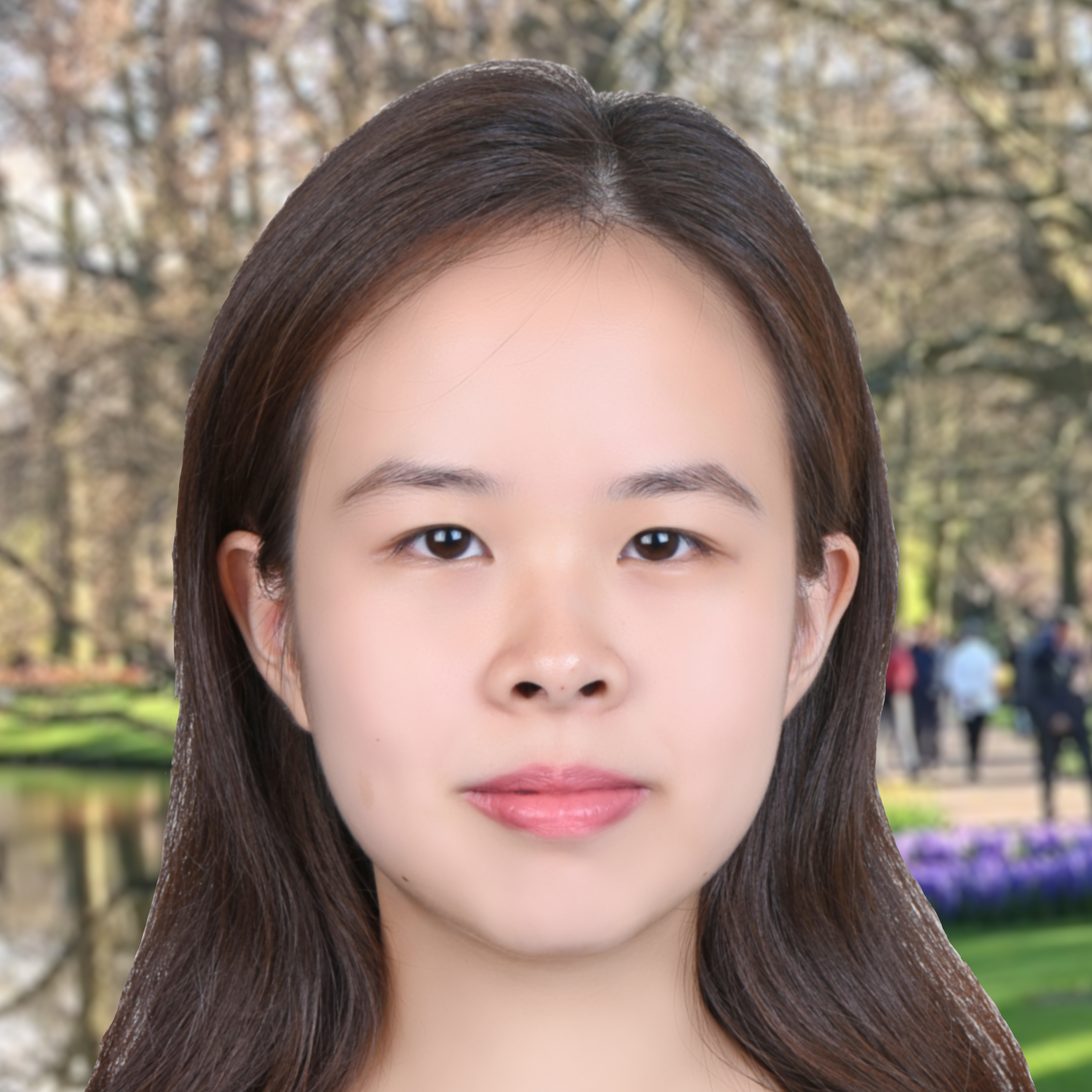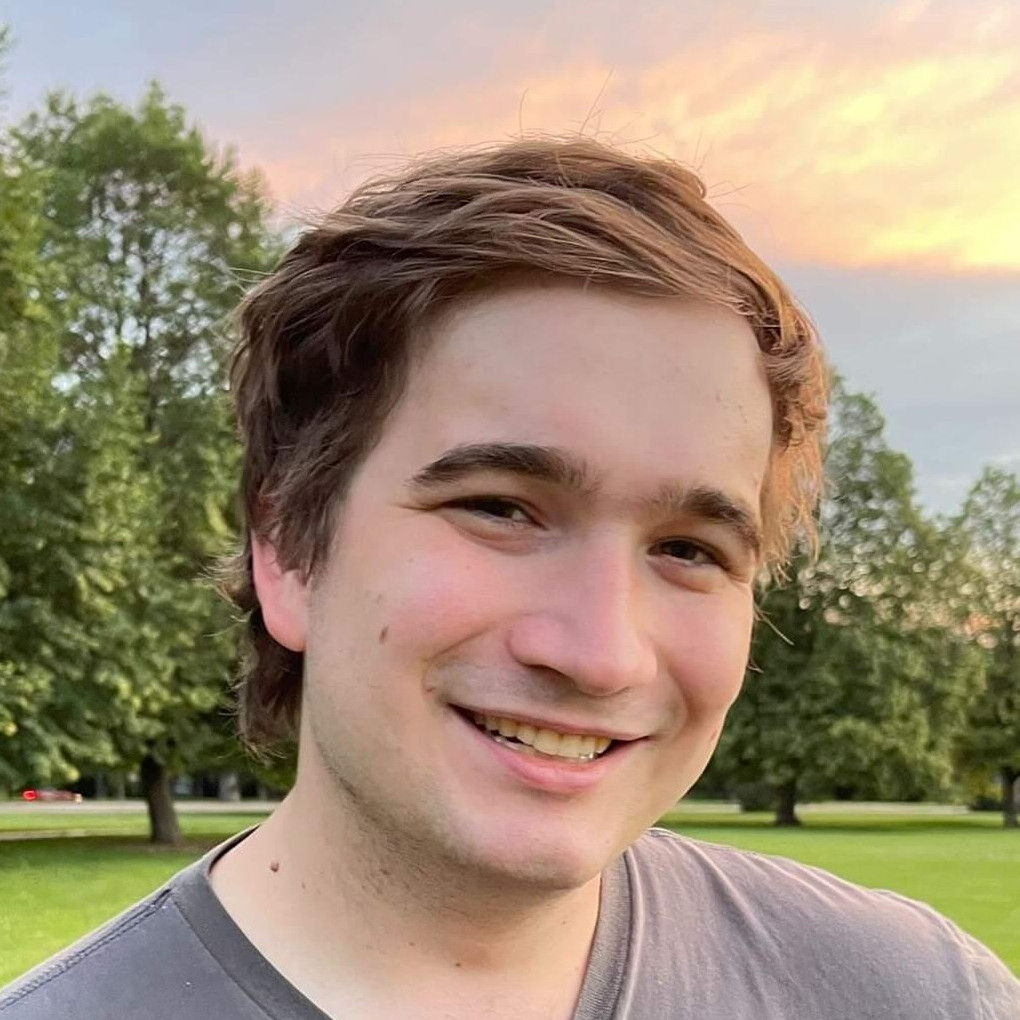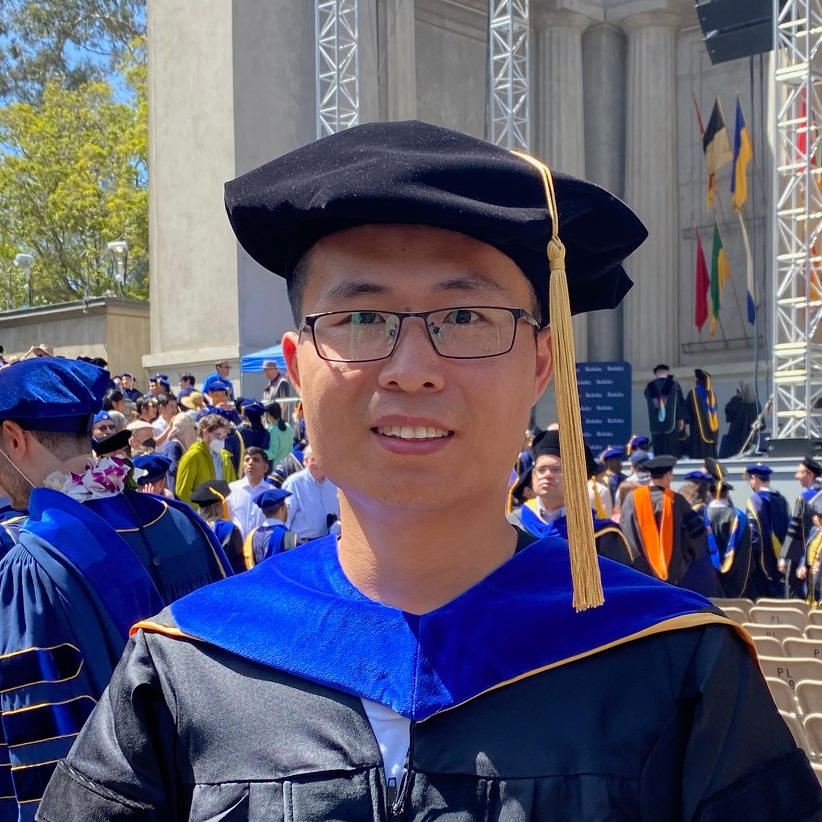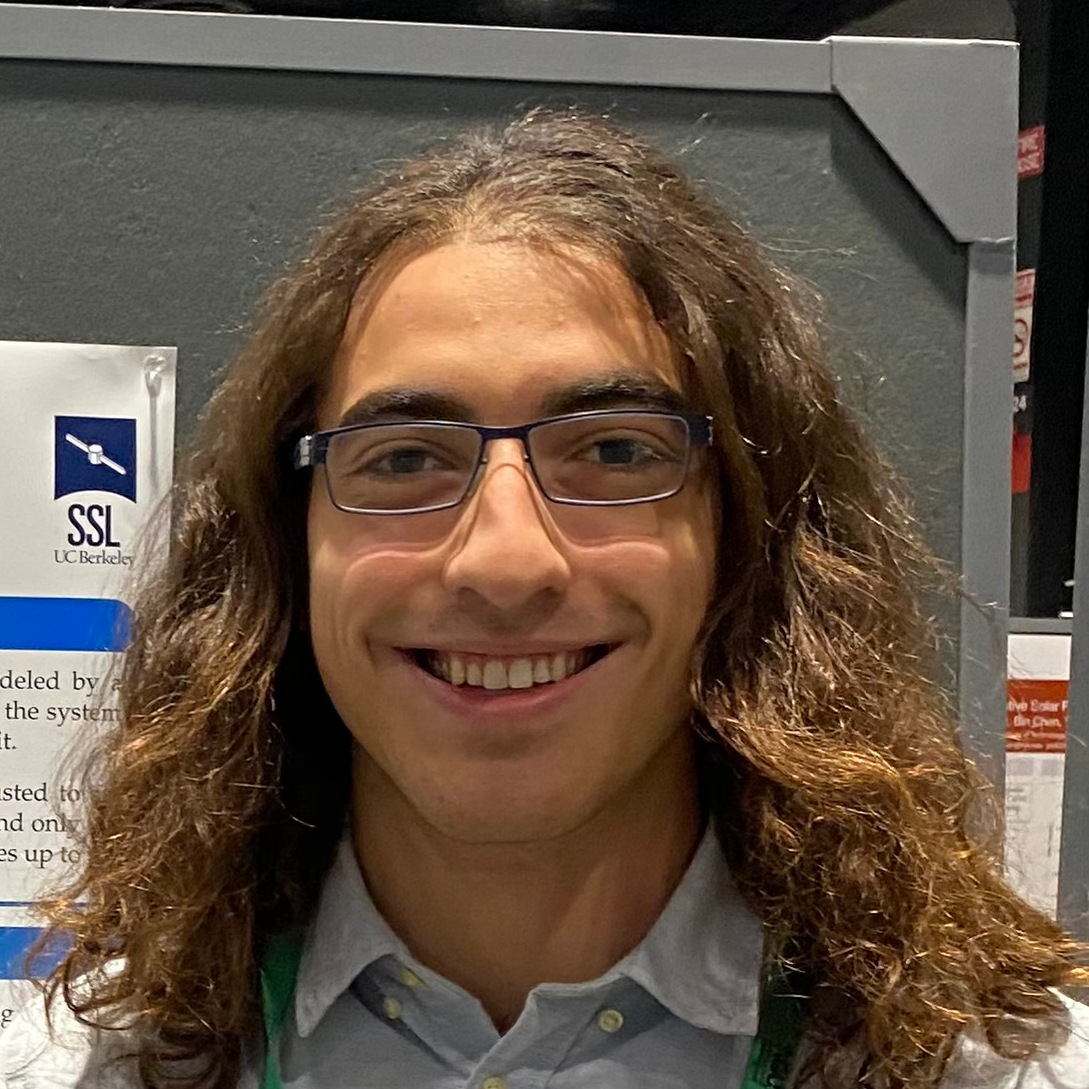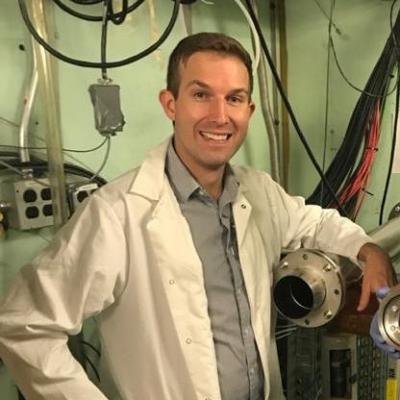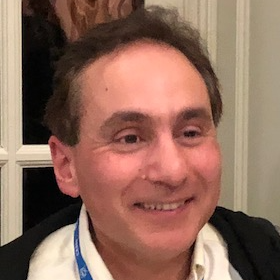Research Areas
NTIL
Your one-stop shop for Nuclear Solutions! Nuclear technologies play a key role in the treatment of disease, the generation of carbon-free energy, aerospace applications as well as domestic and international security and nonproliferation. The Nuclear Technology Innovation Laboratory (NTIL) at the University of California – Berkeley Nuclear Engineering Department brings together under one roof a host of nuclear technical capabilities and expertise. Our laboratory serves as a pipeline to connect the nuclear tools and techniques at UC Berkeley and Lawrence Berkeley National Laboratory to government programs and industry partners. more
Fission
Since its discovery in 1938, the understanding of nuclear fission has played a central role in the development of nuclear technology, which has had an enormous impact on the world today. The Bay Area Nuclear Data Program seeks to improve our understanding of the fission process through improved measurements and modeling. Our program is measuring independent fission yields for short-lived products at the Fast Loading & Unloading Facility for Fission Yields (FLUFFY) which could have a significant impact understanding the reactor anti-neutrino anomaly. We have also developed a model-independent method of determining fission yield covariances and have developed the FIER code to predict gamma-ray spectra from fission. more
Isotope Production
Every year, approximately 17 million nuclear medicine procedures (both diagnostic and therapeutic) are performed in the U.S. alone. Most of the radionuclides currently used for these procedures are produced by low- and intermediate-energy accelerators, e.g., 11C, 18F, 68Ga, 82Rb, and 123I. These accelerators also produce non-medical radionuclides with commercial value, such as 22Na, 73As, 95mTc, and 109Cd. However, the production of radioisotopes for research, industry, and commercial purposes is in short supply. Consequently, through the research necessary to address such deficiencies, it is possible to expand this list of options to include novel and emerging isotopes, as well as develop alternative pathways for production of established isotopes. Isotope production sits at the intersection of a number of different multidisciplinary fields: chemistry, biochemical engineering, experimental nuclear physics, and nuclear medicine. Bringing together these different disciplines allows for the development of next-generation, personalized approaches to medical imaging and cancer therapy. Most of the work being done by our program is performed under the auspices of the DOE Isotope Program, managed by the Office of Science. more
Neutron Scattering
The interaction of neutrons with matter is central to both basic and applied nuclear science from the functioning of nuclear reactors and weapons to the formation of heavy elements in astrophysical settings. However, the fact that they interact with the world solely through the nuclear forces and gravitation makes the modeling of neutron transport both challenging to model (e.g., evaluate) and fascinating to study. more
Evaluation
Many members of the BAND Program support nuclear data evaluation. Evaluation is the most painstaking part of the nuclear data pipeline process described in our recent review article. Evaluation takes different forms depending on the type of nuclear data.
Information about low-lying nuclear structure (e.g., level energies, Jπ values, lifetimes etc.) resides in the Evaluated Nuclear Structure Data File (ENSDF). The governing philosophy behind ENSDF evaluation is to take all information that is known about discrete states in a given nucleus from nuclear reactions and decay and combine them to create a recommended set of Adopted Levels and Gammas for general use. more
Users may raise awareness of issues in nuclear structure data through the new Nuclear Structure Experimental Issues (NSEI) website, and needs for cross section data through the new Isotope Production Nuclear Data Issues (IPNDI) website.
The BAND Program has also developed NucScholar, a tool to support nuclear data evaluation through Natural Language Processing (NLP).
Photon Strength Function and Nuclear Level Density
Various experimental techniques can be employed to measure the electromagnetic dipole response of atomic nuclei, spanning the gamma-ray energy range from near zero up to and beyond the Giant Dipole Resonance. Historically, most measurements have been conducted at stable ion beam facilities, predominantly focusing on stable nuclei or those in close proximity. While in the past decade a limited number of measurements have ventured into regions far from stability there is a current shift in focus, as we stand at the brink of exploring nuclei in previously inaccessible areas of the nuclear chart. more
Nuclear Data Coordination Activities
High quality nuclear data provides tremendous benefit to society by improving national security, helping in the design of advanced, safe nuclear power and through the production of radionuclides for the treatment and diagnosis of illness. However, the role of nuclear data in these pursuits is often “hidden” inside of topic-specific modeling. As a US Nuclear Data Program center located at a world-class University and nuclear engineering department, the lab that gave birth to the nuclear age and next to a premier national security lab (LLNL) the BAND Program is well-poised to bring together the users and providers of nuclear data to develop a national plan to address cross-cutting nuclear data needs. more
Thermal Neutron Capture
The neutron-capture reaction is fundamental for identifying and analyzing the γ-ray spectrum from an unknown assembly because it provides unambiguous information on the neutron-absorbing isotopes. Nondestructive-assay applications may exploit this phenomenon passively, for example, in the presence of spontaneous-fission neutrons, or actively where an external neutron source is used as a probe. more
FURNACE
The Facility for University-based Reactor and Nuclear Astrophysics Capture Experiments (FURNACE) will perform nuclear data experiments needed to improve modeling of fast reactors and astrophysicsl nucleosynthesis in the 1-1000 keV energy region. more
Global Heavy Charged-Particle Decay Database
Nuclei far from stability reveal properties of nuclear structure phenomena at an extreme imbalance of the number of neutrons and protons with respect to stable nuclei, allowing a better understanding of fundamental nuclear interactions. In most cases, the study of heavy charged particle decay modes is the only method available to populate the nuclear states necessary to obtain this information. more
